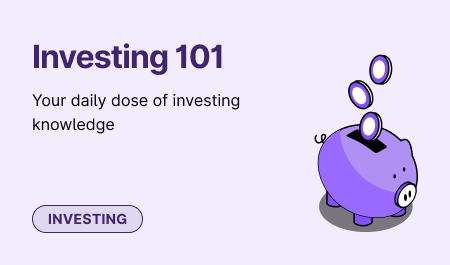Money management is a challenging and time-consuming task for many of us. Hence, we either follow the advice of our relatives and friends or we put stuff off. We may also end up locking our money in fixed deposits or other fixed-income instruments.
However, there is a simple and easy solution to this – it’s index funds.
What are index funds?
Index funds are mutual fund schemes which follow or replicate an index. In other words, index funds invest in the same companies and in the same proportion as their underlying index.
For instance, the Nifty50 and the Sensex are two major benchmark indices in India. The Nifty50 index consists of 50 large-cap blue-chip stocks. If an index fund tracks the Nifty50 index, it will invest in companies from this underlying index. Also, it will give the same weightages to each stock as the index.
Let's suppose that Reliance Industries holds 10% weightage in the Nifty50 index. This means Reliance Industries will get 10% of the funds invested in the Nifty50 index fund.
In essence, this is known as passive investing. These funds follow automated and rule-based investment strategies.
Types of index funds:
There are index funds, which track large, mid and small-cap indices. These funds also replicate sectoral indices like information technology, healthcare and automobiles.
Criteria to consider when buying an index fund:
- Expense ratio
Index funds are cost-efficient. Index funds have low management fees because the fund manager doesn’t have to actively manage the fund. Hence, index funds tend to have a lower expense ratio than actively managed funds.
The expense ratio is an important aspect to consider because your net returns may depend on the expense ratio.
- Tracking difference
This is the difference between the returns of an index fund and returns of its benchmark . Let's say that a Nifty50 index fund goes up by 9.90% and the Nifty50 index increases by 10% in a year. The tracking difference is the difference of 0.10%. This means the fund has underperformed by 0.10%.
Many elements, such as the cost of purchasing and selling shares and liquidity can lead to tracking differences.
- Assets under management
The amount of money invested in a fund is called the assets under management (AUM). Basically, this is the size of a mutual fund scheme. Larger the size of the fund, higher the liquidity.
Besides this, it is also important to see if the index fund aligns with your financial goals, risk appetite and investment horizon. Ensure that you keep all these criteria in mind, when selecting an index fund for your portfolio.



